Coronavirus Protection, With Notes for Gravel Riders – by John Ingham
Note: This post is concerned with prevention and should not be taken as a guide for self- therapy. Readers should take all prescribed precautions. If readers suspect that they have been exposed to the COVID-19 virus, they should seek help from qualified medical professionals.
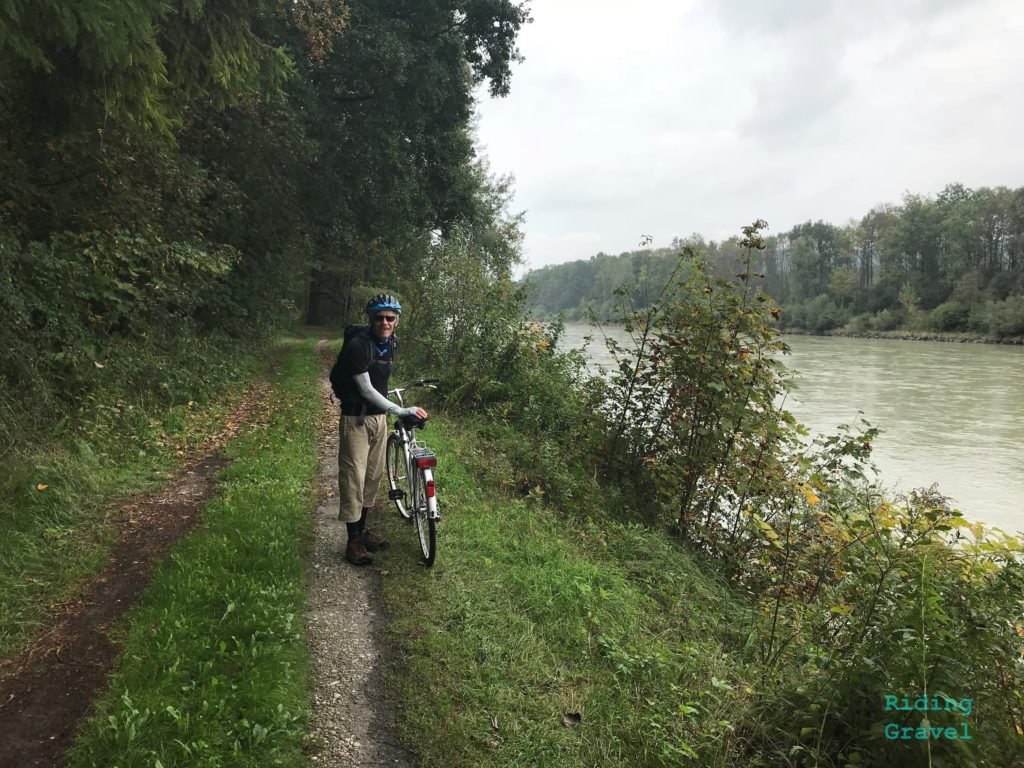
Along with washing hands, social distancing, and wearing masks, we might consider strengthening our immune systems when trying to avoid coming down with the coronavirus. Lifestyle changes may be in order, but at the end of the day the news is good and encouraging: There is more we can do to protect ourselves than we might have thought, even if we are older and have underlying conditions. You would guess from my reviews of medical literature in earlier posts that I would suspect consuming sugar, simple carbs, and junk food as harmful to immune response, and you would be right to do so, but my curiosity was also prompted by personal history and a recent, coronavirus-like infection.
In the late 80s I injured my lower back playing tennis and that resulted in chronic sciatica and a fifteen-year period of less exercise and eating too much carbohydrate. My weight shot up to borderline obesity and my fasting glucose edged into the pre-diabetic range. During the last fifteen years I have turned to ultra-distance cycling and a low carbohydrate/high fat diet. When I stick to this regime, I am near my high school weight and my blood sugar remains normal. However, if I fall off my diet-exercise wagon, as often happens during the winter holidays, I gain weight and my blood sugar creeps back into pre-diabetic levels. By last January, I had gained ten pounds and was no doubt pre-diabetic again.
In mid-January I began feeling tired and weak, with fever chills. Something was wrong and I saw my doctor. Thyroid function was normal but lab work found declining kidney function and unusually elevated blood sugar, possible signs of infection. As February began, I developed a persistent dry cough and muscle aches on top of the fatigue. I did not have a fever, sore throat, or head cold symptoms and tested negative for flu A and B at an urgent care clinic. The diagnosis was “unknown virus”—this was before novel coronavirus was on the radar of most urgent care physicians. My condition improved somewhat during the following ten days but then, suddenly, I was worse than before. Feeling weak and coughing up thick green mucus, I returned to urgent care. The lungs were clear but the bronchial tubes were inflamed and the doctor heard a rattle in my left lung. He said I had walking pneumonia and put me on Z-Pak. Five days later, I was finally starting to feel like my old self and my kidney function was improving.
Did I have coronavirus? My cardiologist thinks it is quite possible but until and unless I get an antibody test, we will not know. The COVID-19 virus attacks lung tissue. A dry cough, fatigue, and muscle aches are core symptoms, while fever and sore throat may or may not be part of it. Infection can progress to viral pneumonia and, sometimes, an overlay of bacterial pneumonia. Whatever was plaguing me, the interesting thing here is how it fits with how elevated blood sugar and weight gain dampen immune response to respiratory viruses.
Both obesity and type 2 diabetes entail increased risk for respiratory infection, and both involve elevated blood sugar. In China, it has been estimated that diabetes increased risk for contracting the coronavirus by two to three times, although it was also noted that individual susceptibility varied, depending on blood sugar control and other factors (Medscape). Death from coronavirus in China appears to have been three to five times more likely among persons with diabetes than among those without underlying conditions. In the US it is unclear whether people with diabetes are more susceptible to coronavirus—given the lack of testing, the data do not exist—but physicians express concern that diabetic persons with uncontrolled blood sugar may be at greater risk. As in China, persons with diabetes are at greater risk for complications and death. A similar pattern is seen in influenzas. Persons with diabetes appear to be only slightly more susceptible to the flu, but both animal models and human studies find that the influenza infection is more severe with diabetes and is more likely to result in bacterial pneumonia. 1
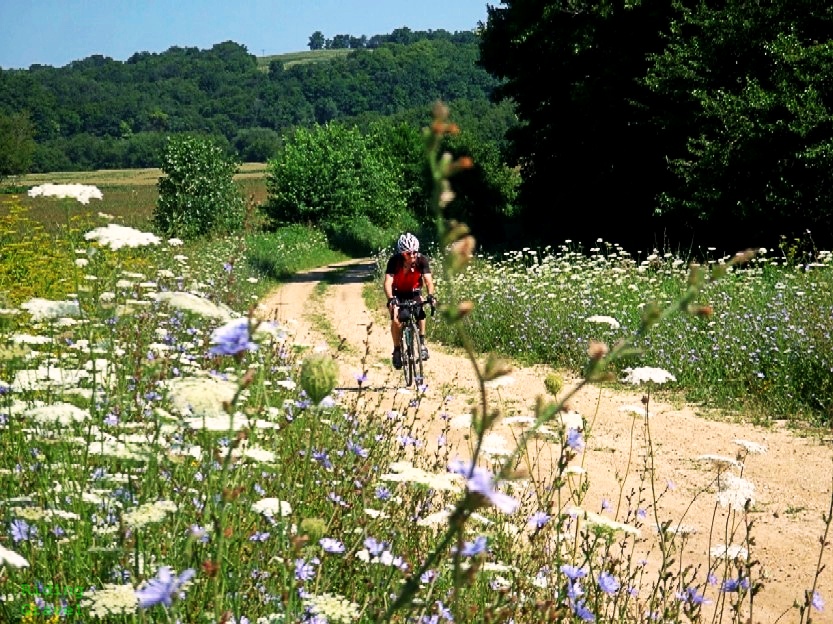
The US’s CDC, Great Britain’s NHS, and various virologists have identified obesity as a significant risk factor for COVID-19. Michael Osterholm in particular, a highly regarded virologist at the University of Minnesota, has been sounding the alarm about obesity. Obesity is associated with elevated blood sugar/insulin resistance and systemic inflammation. What really worries Osterholm is how so many Americans are now overweight or obese (Osterholm). Diets high in sugar, refined grains, and simple carbohydrates are principal drivers of obesity. Obesity is associated with type 2
prediabetes and diabetes and increased risk for coronavirus (Malhotra).
The International Diabetes Federation explains that viral infections in diabetics are harder to treat because elevated blood sugar suppresses immune response and because it provides a supportive medium for infection. A sugar- and carbohydrate-rich diet and resulting hyperglycemia tilt the immune system toward excessive inflammation while impairing effective response to pathogens. Conversely, a low carb/high fat ketogenic diet in a mouse model significantly increases production of a specific T-cell and thus resistance to flu virus (Mice).
One does not have to be obese or diabetic for sugar to suppress the immune system. Sugar and high glycemic carbs (all carbs convert to glucose in the body) increase risk for respiratory infection in healthy individuals (Sugary Foods). Evidently, all of us—hyperglycemic and healthy alike—put ourselves at greater risk for respiratory infection the more we consume sugar, soft drinks, refined grains (e.g., bread, breakfast cereals, pasta, pastries, cookies, crackers, chips, etc.), candy, high glycemic fruits, and fruit juices. Such stuff can be addictive for many if not most of us. It can be comforting and, in fact, many of us are turning to sugary foods for comfort in this time of stress, but we are almost certainly putting ourselves at greater risk as we do so.
Sugar and carbs harm the immune system directly, but they also harm it indirectly by promoting obesity and elevated leptin in the blood stream. Leptin is an appetite-regulating hormone released by fat cells. Controlling appetite is a good thing, of course, but excessive leptin release can result in leptin resistance and a vicious circle of increased appetite, additional weight gain, more blood leptin, and compromised immune response. The way sugar and carbs in a meal immediately stimulate fat cells to release more leptin in normal weight and overweight people alike may be more damaging to immune response than the lepton-releasing effects of obesity. To make matters worse, elevated leptin mediates release of IL-6, the principal inflammatory cytokine in the “cytokine storms” that are so deadly for COVID-19 patients. Like elevated blood sugar, elevated blood leptin is associated with old age, diabetes, hypertension, obesity, and heart disease, conditions that greatly increase the risk of death with coronavirus infection (Rosedale).
Cutting back on carbs and sugary foods is not easy. Happily, any effort to do so will likely be beneficial. Moreover, there are other ways to skin this cat. Time-restricted eating (as in skipping or delaying breakfast) can lower blood sugar apart from a low carb diet.
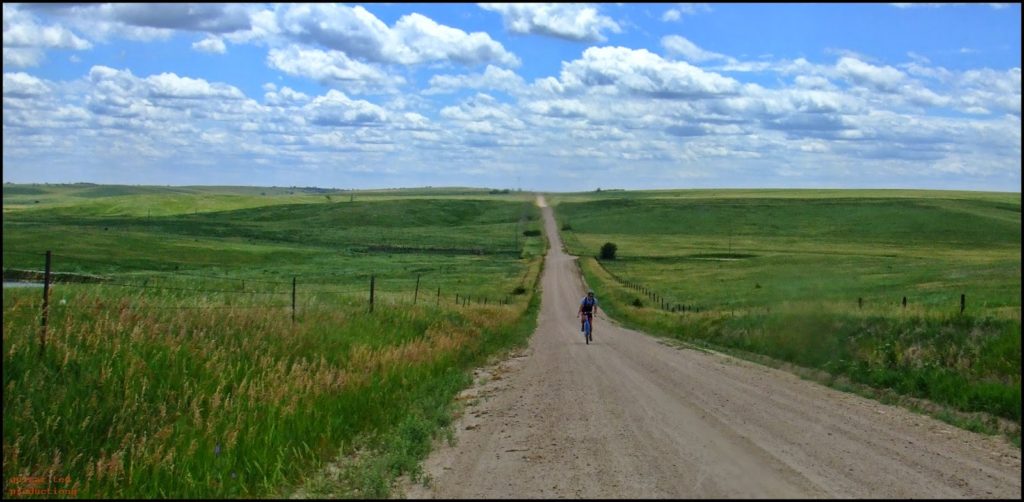
Endurance exercise strengthens immunity function and reduces the frequency of viral infections. It probably has these effects in part by regulating blood sugar. Exercise may also strengthen the immune system by reducing stress and promoting happiness, especially when it gets us out of the house and into nature.
As I have observed in earlier posts, regular endurance exercise extends health span and lifespan even when adverse cardiovascular consequences of extreme exercise in some individuals are taken into account. In part, these beneficial effects reflect how exercise strengthens the immune system. Long-term strenuous exercise even slows age-related decline of immune response; master cyclists, for example, have immune systems that resemble those of young adults.
The evidence that regular exercise strengthens the immune system along with physical and mental health is very strong, but there is an issue that gravel riders should consider. Many experts conclude that heavy bouts of exercise can temporarily suppress immune response and increase risk for upper respiratory infections. Between 2% and 18% of elite athletes have increased risk of respiratory infections following competition, and the greater risk occurs particularly among endurance athletes. The interpretation of this finding is controversial, however. Some researchers contend that increased respiratory infection immediately following vigorous exercise reflects excessive body weight, sleep dysregulation, poor nutrition, over-training, too little recovery time, or exposure to crowds during athletic events. Studies have not controlled adequately for these confounding variables, so until better studies are done, we just do not know for sure. Moreover, some or all of temporary immunosuppression may be preventable with better diet, sleep hygiene, rest and recovery, and smarter training. Studies have found that consuming nutrient dense carbs with polyphenols during and immediately after ultra-endurance events can moderate temporary immunosuppression (think bananas, dates, raisins, dried blueberries, dried tart cherries, and dark chocolate rather than sugared water). Given that sugar and simple carbs in regular diets promote obesity, metabolic syndrome, chronic diseases, and respiratory infections, a gravel rider’s strategy for protecting the immune system and overall good health might want to promote fat adaptation with a no sugar, low simple carb diet between races and fueling with polyphenol-rich carbohydrates during races as anaerobic threshold efforts burn through glycogen stores. 2 While there is uncertainty about post-exercise immunosuppression, in a pandemic, prudence suggests that we also double down on social distancing before and after big rides and races.
Getting 7-9 hours of sleep a night is one of the best ways to regulate blood sugar and leptin and boost the immune system. Too little sleep drives up blood sugar, reduces insulin sensitivity and glucose tolerance, and increases risks for obesity and type 2 diabetes. Tips on how to improve sleep are easy to find online. Getting outdoors into natural light during the day and avoiding or filtering blue light later in the day or, better yet, turning off the smart phone and television in the evening is one of the most effective.
Apart from regulating blood sugar and leptin, there is much discussion about whether supplementing with vitamins and nutraceuticals can prevent or moderate upper respiratory infections. Supplemental vitamin C is not likely to help most people, but there is good evidence that it helps prevent respiratory infections in endurance athletes. It deserves a post all by itself, but suffice it to say that 500 to 1,000 milligrams per day is probably more than enough, and that one should not try to get vitamin C from orange juice and other sugary fruit juices. Ascorbate and sugar have nearly identical molecular structures and compete for the same receptors on cells, with sugar usually winning the battle. That is, sugar blocks vitamin C absorption, which may be yet another reason why sugar is so harmful to immune response. Increasing blood levels of vitamin D3 with sun exposure or daily vitamin D3 supplementation lowers risk for respiratory infections, especially in people who are already deficient, although it should be noted that one study found that intermittent dosing with D3 and doses over 2000 units of vitamin D3 were counterproductive. Zinc lozenges might help during viral exposure but here too one should avoid overdosing (Vitamins etc.).
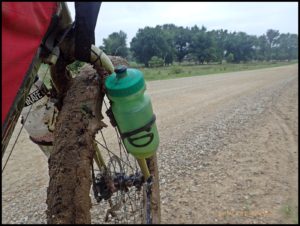
Finally, happiness, hope, and courage are good for our immune systems. We should try to keep our spirits up. Getting into the countryside on long rides is one way to do that (Cosmos). When hunkering down and wanting inspiration, read Kelly McGonigal, The Joy of Movement: How Exercise Helps Us Find Happiness, Hope, Connection, and Courage (Avery, 2019) and Florence Williams, The Nature Fix: Why Nature Makes Us Happier, Healthier, and More Creative (W.W. Norton, 2017). I like climbing films for reminders of how extreme effort in the out of doors lifts my spirits. Mountain features an evocative musical score by the Australian Chamber Orchestra and stunning mountain scenery. Along the way it shows how self-centered preoccupation with achievement can override the spiritual rewards of adventure, too often with tragic results—as in gravel racing, the magic is not in outperforming others or taking foolish chances, not really. Similarly, The Dawn Wall reminds us that life-transforming rewards lie in grit, effort, and camaraderie as much as winning or summiting. The Education First “Gone Racing” videos with Lachlan Morton and his friends play with this thread also and are fun and inspiring besides. And for films from the very heartland of riding gravel, watch 300 Miles of Gravel (Trans Iowa) and Delta of Spirit ( DAMn ). (Editor’s Note: Both films can be found on Amazon Prime.)
1 https://www.ncbi.nlm.nih.gov/pmc/articles/PMC5711276/
https://www.npr.org/…/782079520/excess-weight-can-weaken-th…
https://www.ncbi.nlm.nih.gov/pmc/articles/PMC5438975/
https://www.sciencedirect.com/science/article/pii/S2095254618301005
https://www.frontiersin.org/articles/10.3389/fimmu.2018.00648/full
https://www.ncbi.nlm.nih.gov/pubmed/26897277
2 https://www.sciencedirect.com/science/article/pii/S2095254618301005
https://www.frontiersin.org/articles/10.3389/fimmu.2018.00648/full




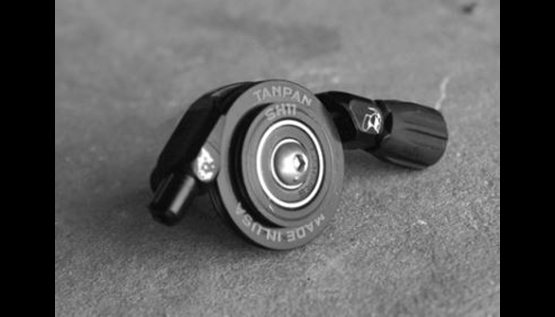

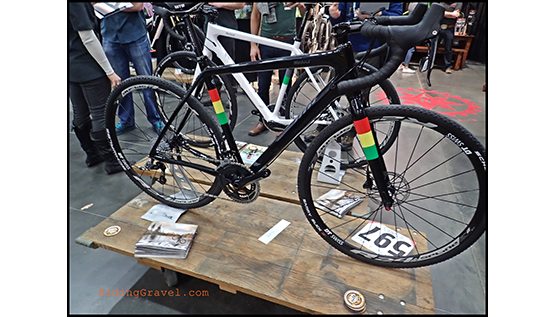




CORRECTION: In the second to last paragraph it should read “2,000 units” not “two grams.”
@Ron – Please send any issues with the site to ben@ridinggravel.com He does all the IT for the site.
Yesterday (4/17/2000), Aseem Malhotra MD, one of Great Britain’s most esteemed and influential physicians, made the very same argument for preventing COVID infection that I make in my post, adding even more compelling evidence. The article is short, easy enough to read, and could well be life changing and life saving. You can also find an interview with Dr. Malhotra about the article on Ivor Cummins’s podcast on YouTube.
https://www.europeanscientist.com/en/article-of-the-week/covid-19-and-the-elephant-in-the-room/
@John – Thank you for posting the link to that article. That is a powerful argument for healthy living.